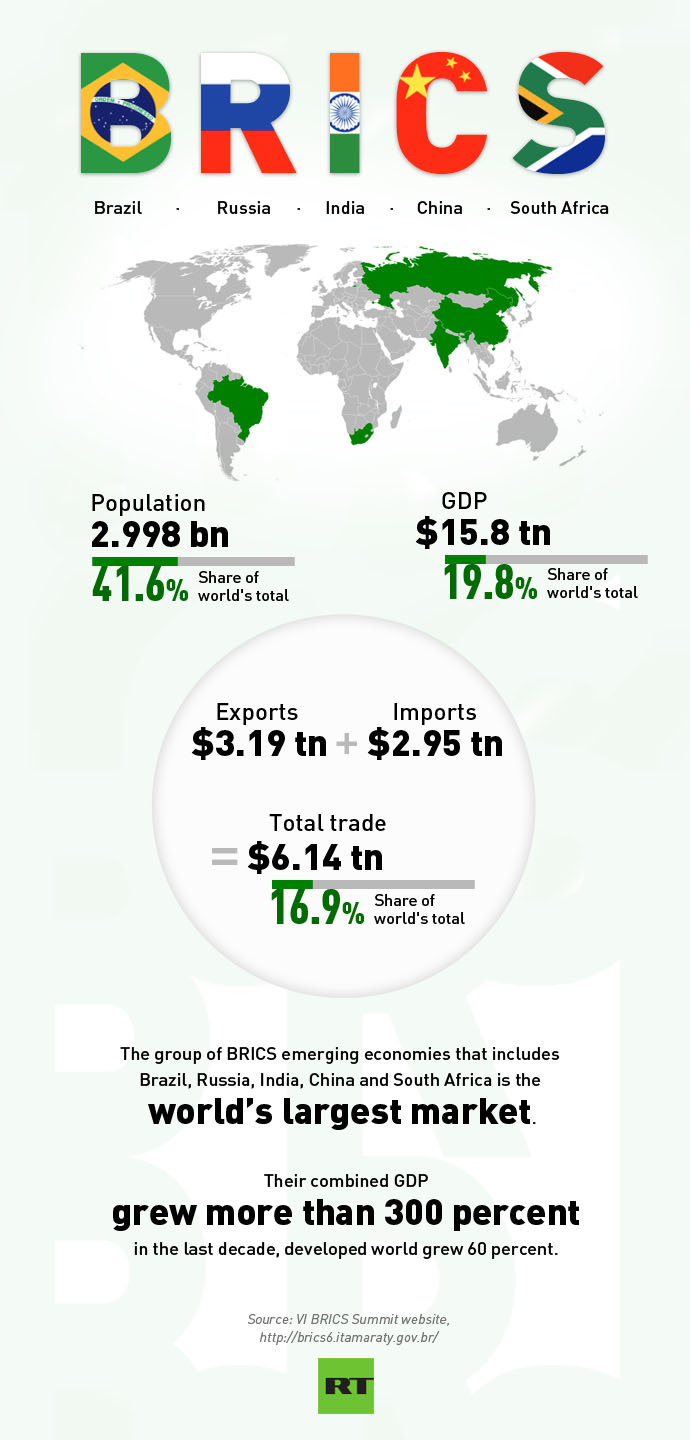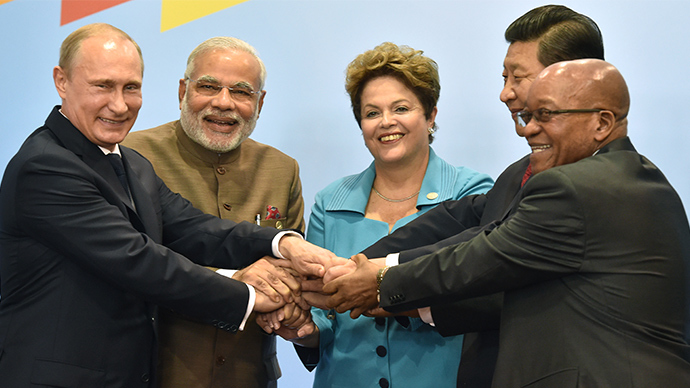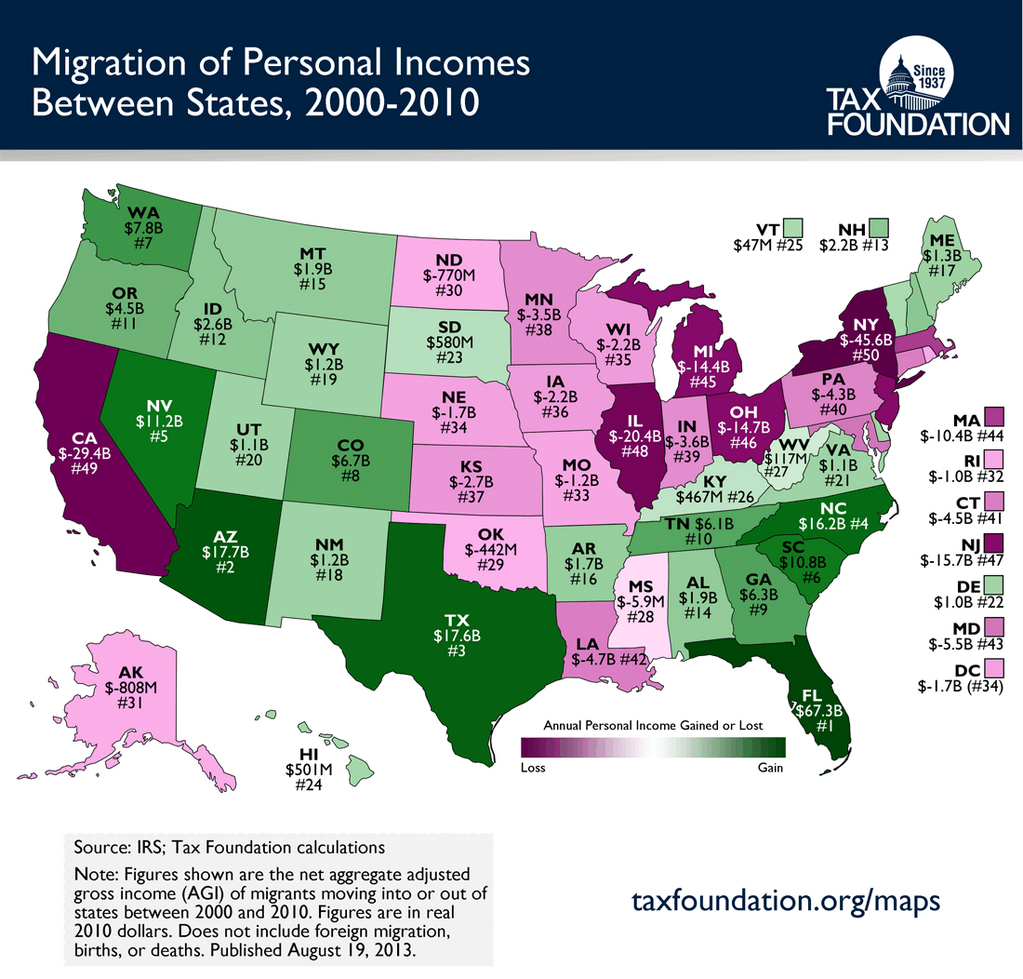THE ITALIAN FEAST OF MARIA SS LAURETANA

THE FEAST OF MARIA SS LAURETANA
SEPTEMBER 4-7
Sponsored by Congregazione di Maria SS Lauretana di Altavilla Milicia.
The feast is moving this year to a new location in Niles on Church Street, between Greenwood and Cumberland, on the south side of the Golf Mill Shopping Center.
Festivities culminate on Sept. 6 with a candlelight procession at 9 a.m. and Mass at 10:30 a.m., followed by processions with the Sicilian Band of Chicago leading up to the traditional Flight of the Angels at 5 and 8 p.m. A street festival with live entertainment will run from Sept. 4 to 7, a Novena will run from Aug. 27 at the society’s chapel in Chicago, with the final day of the novena being celebrated on Sept. 4 at the feast.









